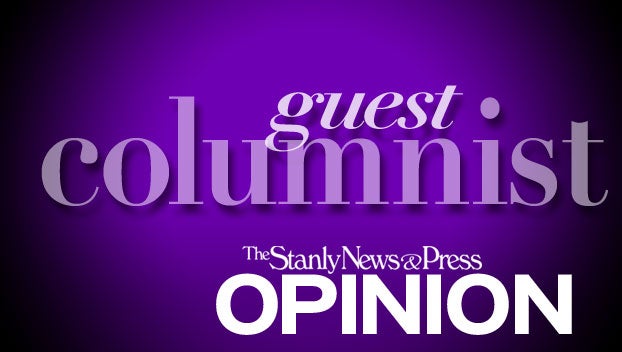John Hood Column: Redistributing income isn’t investment
Published 9:20 am Thursday, November 29, 2018
Whether your frame of reference is a country, a government, a business, or your own household, being better off in the long run requires patience and discipline in the short run. To have more income tomorrow, you must deny some immediate gratification today.
 You must save and invest.
You must save and invest.
Capital is accumulated savings invested in a new or improved tool to make work more valuable. It could be physical capital such as buildings and equipment, intellectual capital such as invention and innovation, human capital such as job skills and creativity, or social capital such as trust and teamwork.
Combine hard work with useful capital and you get higher productivity, higher incomes, and a higher standard of living. But if you fail to save and invest sufficiently to maintain and enhance your stock of capital, you get lower productivity, stagnation, and frustration.
So far, I’ll bet that whatever your party or political ideas, you’re nodding in agreement. But if you are a progressive, we are apart to part company. Precisely because I place such a high value on savings and investment, I want to limit the scope and cost of government, particularly at the federal level.
To grasp, if not necessarily to accept, the conservative argument here requires some statistics. While there is certainly such a thing as public investment — government expenditures that create or enhance capital assets — it is far outweighed, in both quantity and quality, by private investment.
In 2017, for example, the U.S. Bureau of Economic Analysis estimated total domestic investment at about $4 trillion. At the same time, however, Americans used up $3.1 trillion of their fixed capital assets, so that the net domestic investment was about $900 billion.
Using these measures, about 84 percent of gross investment and 89 percent of net investment is private. It represents private institutions and households putting domestic or foreign savings to work in building or enhancing private assets. Of the remaining $100 billion or so in net investment by government, nearly all of it was done by states and localities — most on infrastructure such as roads and schools.
Does the federal government invest? Sure. It spends hundreds of billions of dollars a year on ships, planes, buildings, and research. But its operations also consume lots of capital.
Net federal investment is low and likely to remain so regardless of who is in power in Washington. That’s because the federal government now primarily redistributes current income. In 2017, 72 percent of all federal spending went to transfer programs such as Social Security, Medicare, Medicaid, pensions, and welfare. As the population ages, and unless there is a significant change in federal policy, this proportion will continue to grow.
Standard government accounting of investment expenditure does leave something important out: education. There is a good reason. Unlike buildings, equipment, vehicles, or even intellectual capital, those who invest in human (and social) capital do not necessarily acquire an ownership stake in it. In a free society, human capital is always individually owned, even if government subsidy is involved.
If we add expenditures on education and training into the mix, however, investment remains overwhelmingly private (remember that private households and firms spend a lot of money on them, as well) while states and localities continue to dominate the public part.
These facts shape conservative thinking about fiscal policy. Private investment is not only more common but also tends to be more productive. The incentives are more closely aligned with value. If households or businesses invest poorly, the consequences can be severe. Poor public investment rarely results in bankruptcy or unemployment.
There are clearly public investments worth raising taxes to finance. But after a certain point, higher taxes depress valuable private investment more than they increase valuable public investment. Conservatives believe we have already reached that point, that any additional public investment ought to be “paid for” with lower transfer spending (by means-testing entitlements, for example).
I find this argument sensible. Even if you disagree, perhaps now you at least understand it better.
John Hood (@JohnHoodNC) is chairman of the John Locke Foundation and appears on “NC SPIN,” broadcast statewide Fridays at 7:30p and Sundays at 12:30p on UNC-TV.


